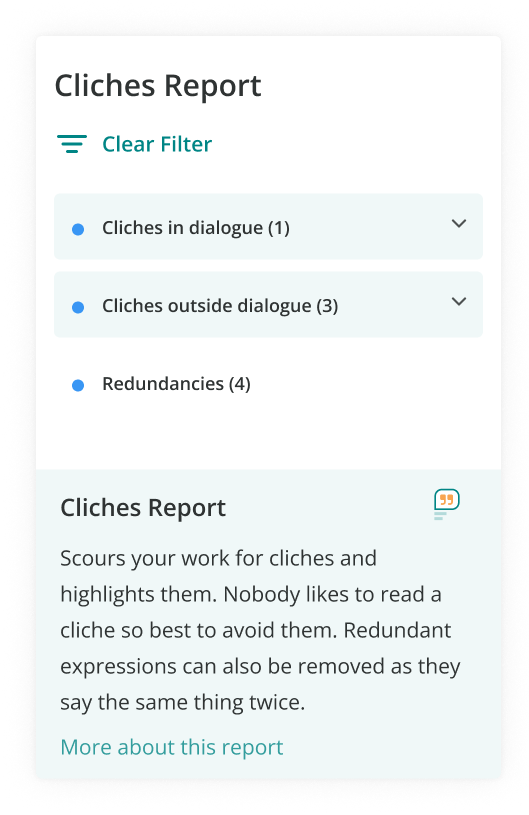
If someone says you’ve set the bar high, it’s a good thing. Setting the bar low, on the other hand, isn’t a compliment.
To “set the bar” is a common phrase in English. Let’s take a look at what this idiom means and where it comes from.
Set the Bar Meaning
To set the bar high means to set a high standard. If someone has set the bar high, it will be difficult to achieve what they have.
To set the bar low means the opposite. It will be easy to surpass a standard when someone has set the bar low.

Sometimes, you might hear “raise the bar” which is a reword of this idiom. The meaning is the same as “set the bar.”
Set the bar has become somewhat of a cliche, and cliches can make your writing sound trite and unoriginal.
ProWritingAid’s Cliche Report will point out common cliches and idioms so you can freshen them up with new phrases.

Set the Bar Origin
The phrase “set the bar” dates back to the 1950s. It originates from the sport of pole vaulting, specifically in college track and field events.
Pole vaulters use a pole to launch themselves forward and over a bar. The higher the bar, the more difficult the jump, and the more skilled the athlete needs to be.
Even though modern pole vaulting has existed since around 1850, there’s no evidence of the idiom prior to the new technology in the 1950s.
The reason is probably because new poles, made of composite materials, began being made during this decade.
These new poles were much easier to use meaning that pole vaulters could set the bar higher to achieve even greater jumps.
Examples of Set the Bar
Here are some “set the bar” examples from famous people.
- “If people don’t get it, that’s not your issue. You live for your happiness and no one else’s. Set the bar high and don’t ever lower it.”—Kid Cudi, rapper
- “I played with them for a couple years, and they certainly set the bar high, but that’s good. That’s just going to bring our level up.”—Mike Rivera, former Major League Baseball player
- “I do like to start on time; I like to set the bar high for people.”—Tina Fey, actor, comedian, and writer
Present Tense Examples: “Setting the Bar”
You don’t have to set the bar in the past tense; you can use it in the present tense, too. Here are some examples using the phrase “setting the bar.”
- She is always setting the bar higher and higher.
- They keep setting the bar too low instead of pushing themselves to achieve more.
- I wish my older brother would stop setting the bar high for the rest of us.
- I failed at all my New Year’s resolutions. I think I’m setting the bar lower this year.
- My company is always setting the bar higher with new, innovative ideas.
- As a teacher, I believe setting the bar high encourages students to rise up and exceed expectations.
From track and field to famous quotes, “set the bar” has weaved its way into the English lexicon in the past 70 years. Now you can include it in your own personal vocabulary too.


